Reportar esta entrada
Más sobre la misma comunidad-colección
Francisco I. Madero acompañado de periodistas
Portrait of F. Madero with newsmen. Left to right: Felix ...
Abraham Gonzales - Governador de Chihuahua - 1911
Abraham Gonzales was the provisional and constitutional governor ...
Juana Maria Ascarate de Stephenson
She was a daughter of the Ascarate family who were big land ...
Orozco y dos de sus combatientes
Pascual Orozco (1882-1915), small-time entrepreneur, storekeeper ...
Deportes en México por Otis Aultman
Photographer Otis Aultman shows bullfights and other attractions ...
Calle de Comercio, Ciudad Juarez
The postcard shows the main business street in Juarez, Calle de ...
Inscripción en el Cerro Bola Montañas
The inscription says: "Juarez. La biblia es la verdad. Leela." ...







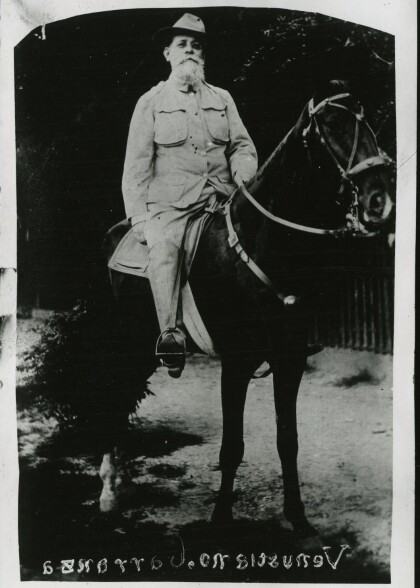
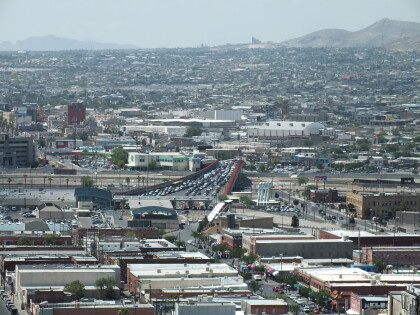
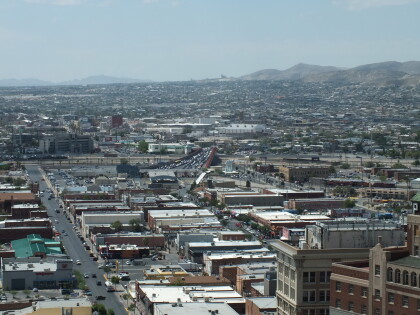
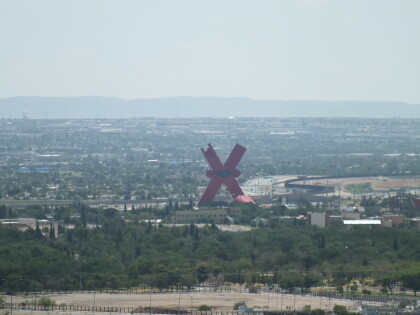
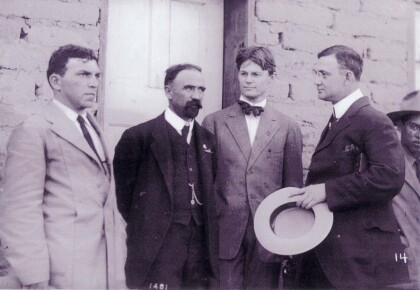
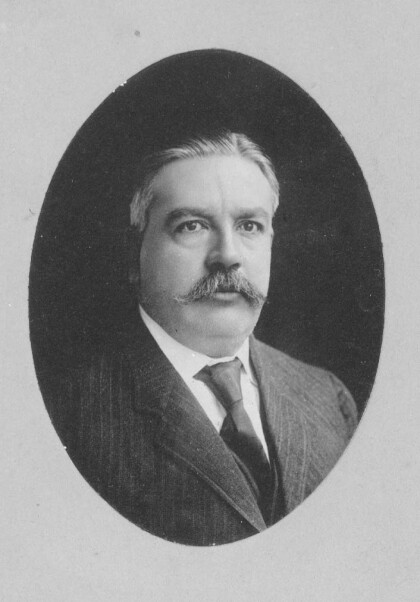
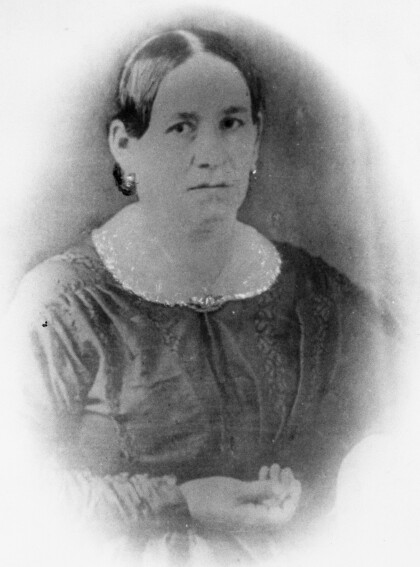
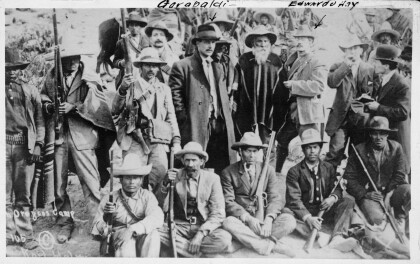
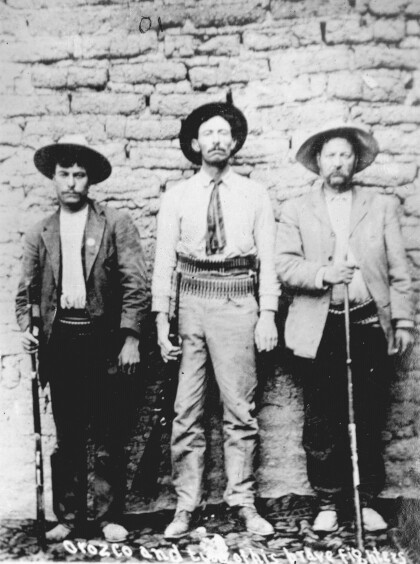
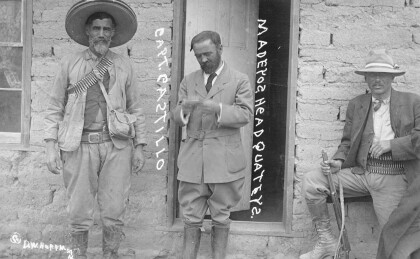
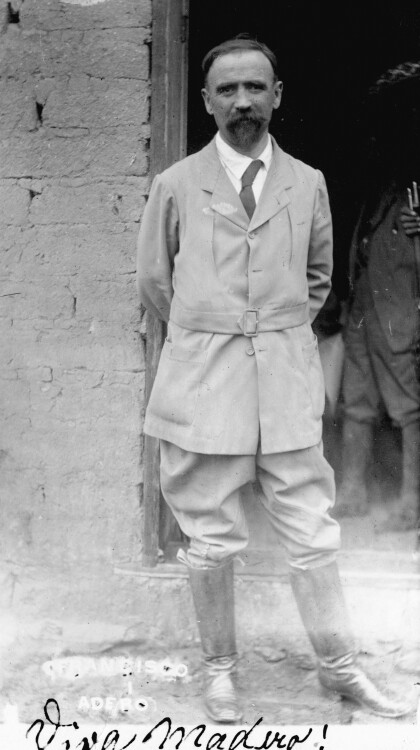
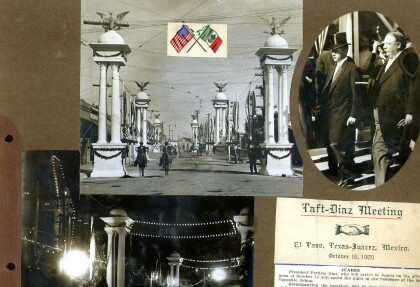
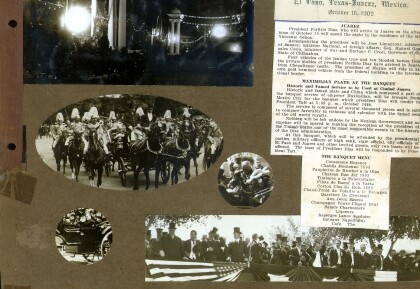
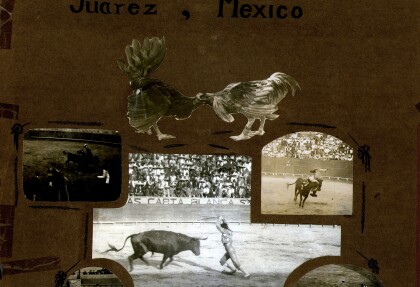
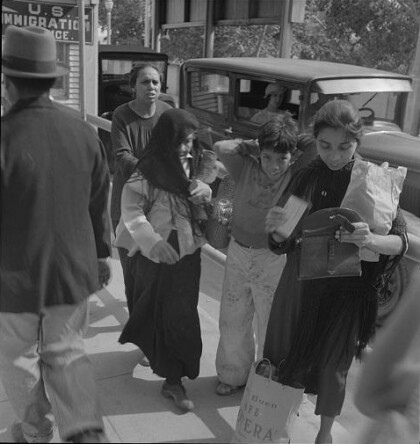
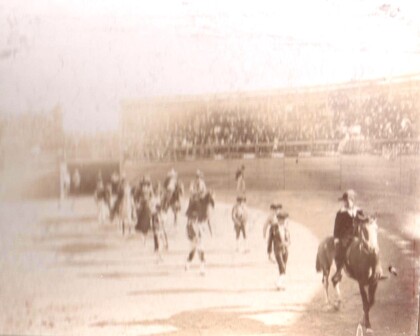
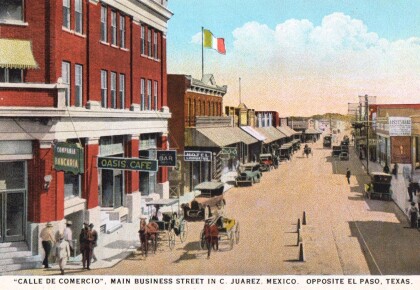
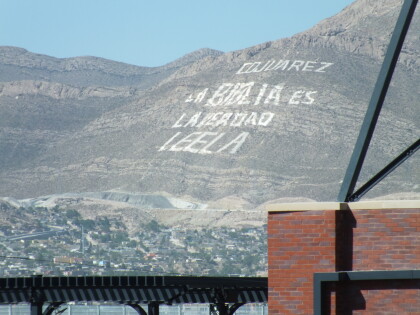
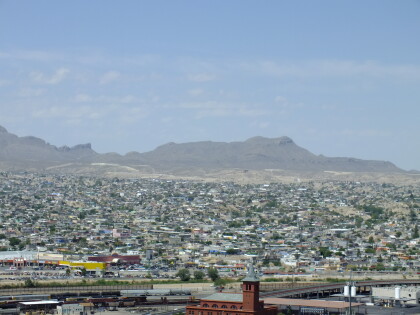
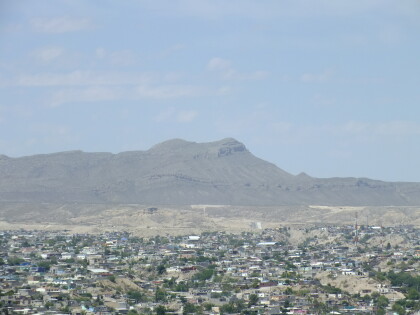
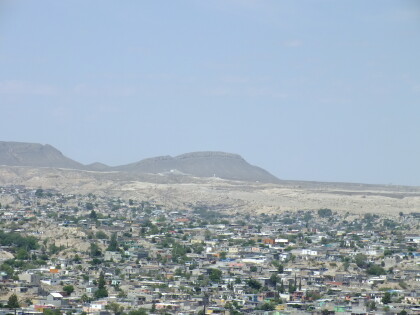
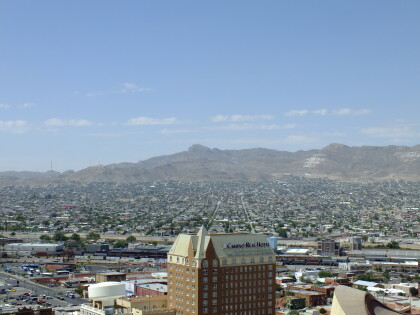
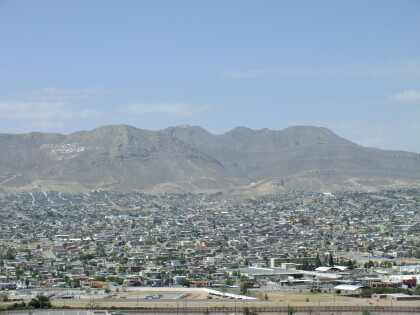
Comentarios
Hacer un comentario